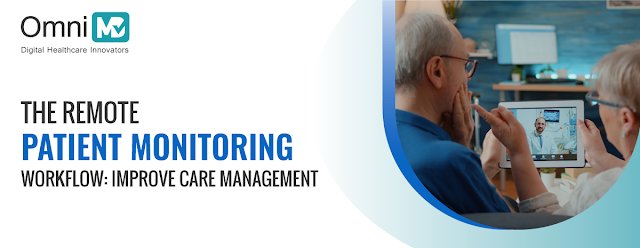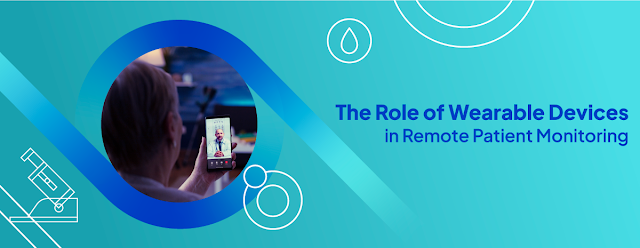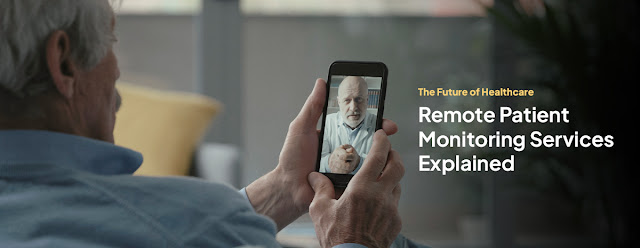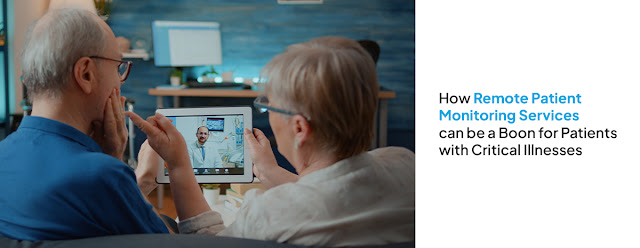The Remote Patient Monitoring Workflow: Improve Care Management

Patient management is an integral aspect of the successful running of healthcare units. The trend of managing administrative operations across sectors has evolved. The healthcare industry has been experiencing a paradigm shift in its management methods, thanks to the technology that brings the opportunity to improve patient care without making it impeding healthcare systems. RemoteHealth Monitoring is one such area that has been gaining much attention. This game-changing technology has also increased patient engagement. Much of this transition has occurred since the COVID-19 pandemic, when many people discovered the benefits of Remote Patient Monitoring (RPM). Remote Patient Monitoring Services enable healthcare providers to keep track of their patient’s vitals and other health data remotely. It cuts down the need for frequent in-person visits to hospitals and clinics. Instead, people can monitor their blood pressure, oxygen levels, pulse rate, blood sugar levels, etc., at...



